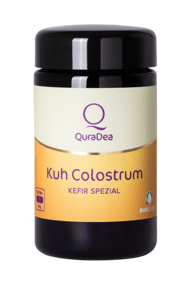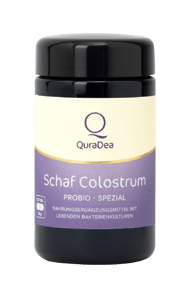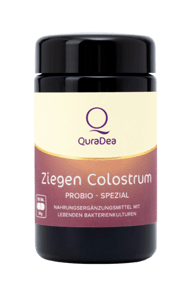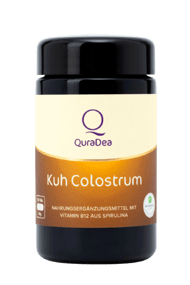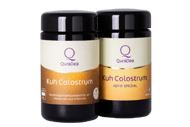Trillions of intestinal bacteria colonize our gut and, as the so-called microbiome, influence our metabolism and well-being. Scientific research is increasingly showing that the microbiome makes a tremedously important contribution to our health.
The Microbiome
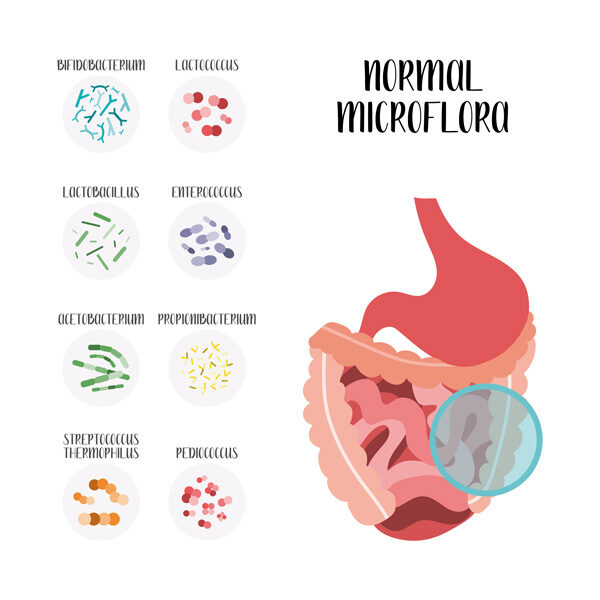
The term microbiome - or microbiota - refers to the totality of all microorganisms living in symbiosis with humans in their intestines. In addition to a large number of bacterial strains, this also includes spores and fungi. Together they perform numerous vital functions in our organism. About 100 trillion microorganisms live in our intestines alone and constitute the microbiome. This microbial population primarily helps us to digest food and to form the intestinal immune system (GALT = Gut Associated Lymphoid Tissue). This is part of the comprehensive MIS (Mucosa Immune System), which includes all mucosal areas of our body: the mouth-throat (NALT = Nasalpharyngial Associated Lymphoid Tissue), the bronchi (BALT = Bronchus Associated Lymphoid Tissue) and the intestine (GALT). Colostrum with its content of IgA (immune globuline A) has a great affinity to all mucosal tissues since the IgA is produced there to protect them.
The formation of the human microbiota begins already during pregnancy, where the maturing child comes into contact with the maternal microbiome of the placenta. This allows the fetus to constitute its own microbial foundation upon which its microbiota can continue to develop after birth. From day one, countless lactobacilli and bifidobacteria by breast-feeding enter the intestinal tract, where a healthy microbiota can then slowly develop.
The formation of the human microbiota begins already during pregnancy, where the maturing child comes into contact with the maternal microbiome of the placenta. This allows the fetus to constitute its own microbial foundation upon which its microbiota can continue to develop after birth. From day one, countless lactobacilli and bifidobacteria by breast-feeding enter the intestinal tract, where a healthy microbiota can then slowly develop.
With its metabolites, the gastrointestinal tract microbiome (GALT) is involved in various protective and defense mechanisms. For example, it is now known that the microbiota communicates directly with our central nervous system and can transmit information to organs. Furthermore, they support the formation of vitamins, break down dietary fiber into short-chain fatty acids and stimulate intestinal motility. Conversely, the bacteria find an optimal ground for their life within the host in the form of warmth and food.
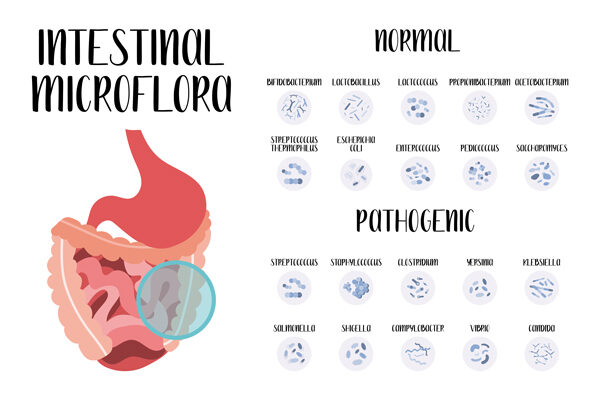
This food for the bacteria includes, among other things, the approximately 40 different oligosaccharides contained in colostrum. These short-chain sugars compound of 3 - 10 individual sugars. They are part of the carbohydrate family and serve as a preferred food source for the microorganisms. In this context, one speaks of the so-called 'bifidus factor' of colostrum, since it is primarily the bifidus bacteria in the large intestine that benefit from these oligosaccharides.
Over the past hundred years, the diversity of microbial strains in the microbiota of the vast majority of people has been reduced by half. This is mainly due to a lack of dietary fiber in refined, industrially produced foods. Also, the disproportionate use of antibiotics during the last 80 years has affected the microbiome of many people in a negative way.
If the symbiosis with the microorganisms has become imbalanced, a physiological balance can be restored by a targeted intake of pre- and probiotics. The probiotic mixtures, which contain selected bacterial strains and inulin in addition to colostrum, are intended to serve this purpose.
Over the past hundred years, the diversity of microbial strains in the microbiota of the vast majority of people has been reduced by half. This is mainly due to a lack of dietary fiber in refined, industrially produced foods. Also, the disproportionate use of antibiotics during the last 80 years has affected the microbiome of many people in a negative way.
If the symbiosis with the microorganisms has become imbalanced, a physiological balance can be restored by a targeted intake of pre- and probiotics. The probiotic mixtures, which contain selected bacterial strains and inulin in addition to colostrum, are intended to serve this purpose.
